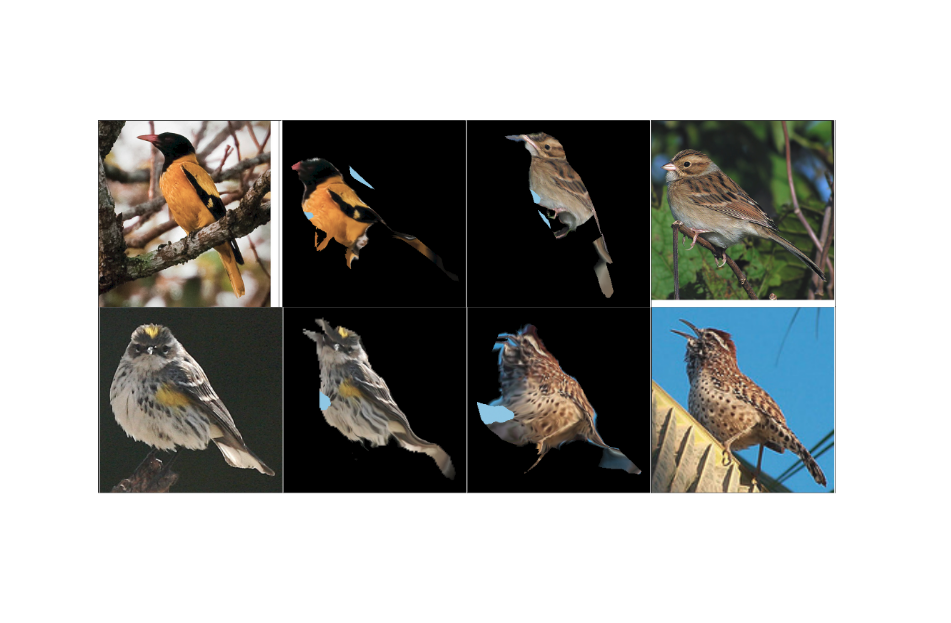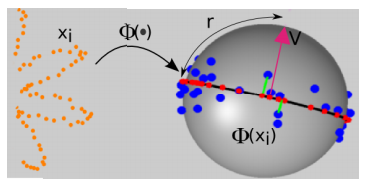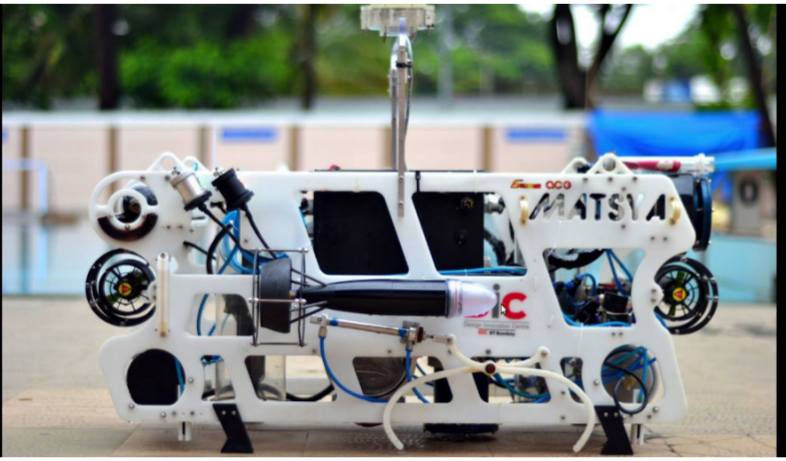|
Research Projects
@ Carnegie Mellon University
 |
Canonical Surface Mapping via Geometric Cycle Consistency (2018 Dec - 2019 Mar)
Advisor: Prof. Abhinav Gupta
We propose to find semantic correspondence between images within same category without requiring supervision for keypoints in an unsupervised way.
Canonical Surface Mapping via Geometric Cycle Consistency
|
 |
3D-RelNet: Joint Object and Relational Network for 3D Prediction (2017-2018)
Advisor: Prof. Abhinav Gupta
We propose an approach to predict the 3D shape and pose for the objects present in a scene. Existing learning based methods that pursue this goal make independent predictions per object, and do not leverage the relationships amongst them. We argue that reasoning about these relationships is crucial, and present an approach to incorporate these in a 3D prediction framework. In addition to independent per-object predictions, we predict pairwise relations in the form of relative 3D pose, and demonstrate that these can be easily incorporated to improve object level estimates. We report performance across different datasets (SUNCG, NYUv2), and show that our approach significantly improves over independent prediction approaches while also outperforming alternate implicit reasoning methods.
3D-RelNet: Joint object and Relational Network for 3D Prediction
|
@ Samsung Research, Seoul, South Korea
 |
Natural Language Modelling, Smart Input Panel (2016-2017)
Lab Leader: Dr. Jihie Kim
I worked on creating language models for English and Korean majorly recurrent neural nets(RNNs). I studied and applied knowledge transfer to improve learning and reduce word perplexity. This work also involved research on applying model compression techniques such as low-rank matrix factorization and node weight pruning to create efficient models. The models are deployed on mobile devices which have memory limitations and inference time constraints. This improved on-device keyboard predictions and is currently bench-marked to be better than other solutions. The models were trained in TensorFlow.
Syllable-level Neural Language Model for Agglutinative Language
On-Device Neural Language Model based Word Prediction
|
 |
Music Recommendation System, MILK Music (2015-2016)
Lab Leader: Dr. Jihie Kim
I worked on developing a music-genre prediction engine for music tracks. The genre prediction engine complements collaborative filtering to serve music recommendations. Extracted useful data from multiple non-standard music meta-data sources. Derived relationships and dependencies between the various music genres. Visualized structure of music genres and designined algorithms for genre similarity and user customization & de-customization.
|
@ IIT-Bombay
 |
Undergraduate Dissertation (2012-2015)
Advisor: Prof. Ganesh Ramakrishnan
My thesis involved developing a parallel version for the LPBoost algorithm. The method involves two independent paradigms, data parallelization and hypothesis space parallelization. The formulation for the distributed Master problem was done using Alternating Direction Method of Multipliers (ADMM). This allowed us to dis-entangle various variables in the joint optimization problem. The solution has a single master - multiple slave architecture. The slaves are required to solve the local optimization on the hypothesis/data space independently. Achieved consensus at the master propagating necessary penalties to the slaves. It is implemented in Akka
Thesis , Slides
|
 |
Undergradutate Research Project (2012-2015)
Advisor: Prof. Suyash Awate
Developed KPNS which is a kernel space statistical procedure. It is used to transform set of observations to independent un-correlated spaces called Principal Spheres. We achieve better performance on Model compactness, Dimensionality reduction , Data Classification standard methods. The method derives its benefits from the unit norm kernel. The data lies on an unit hyper-sphere, implying a natural directional sense along the curved spherical surface.
paper
|
 |
Research and Development of AUV (2012-2015)
Advisors: Prof. Leena Vachhani, Prof. Hemandra Arya
AUV-IITB is an all student team working on the design and development of an AUV; An autonomous underwater vehicle capable of navigating and performing pre-defined tasks based on the feedback from cameras, IMU (Inertial Measurement Unit), pressure sensor and Doppler Velocity Log. Matsya series of AUVs compete at the world's largest Underwater Robotics Competition, Robosub, conducted by the AUVSI Foundation in Association with US Office of Naval Research. The team has been consitently reaching the semifinals of the competition since the past three years 2012, 2013 & 2014
Team Leader, 2014 Leading a 40 member team comprising of three divisions: Electronics, Software & Mechanical. Managing operations, logistics, recruitments and knowledge transfer in a four-tier cross functional team. Leading projects with Naval Research Board, Defense and Research Organization, India
Software Lead, 2013 Leading a sub-division of 5 members. Involved in development of full system stack to ensure fail-proof mission execution
website , video , paper
|
|






